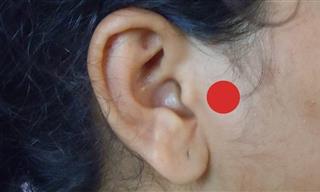As you know, the Novel Coronavirus can be spread through inhaling contaminated water droplets in the air or by touching tainted surfaces with your hands and then touching your nose or mouth. New research articles report another way the virus can enter the body - your eyes. There are a few ways your eyes can be involved in a COVID-19.
First of all, a recent preprint study by the Johns Hopkins University School of Medicine showed that the virus may be capable of entering the body through the eyes by combining with the ACE2 receptor and using the receptor as a way to travel deeper into the body.
This means that simply rubbing your eyes with hands that came in contact with the virus or having someone sneeze or cough near you (even when you’re wearing a mask that doesn’t cover the eyes) could potentially cause a COVID-19 infection. Keep in mind, however, that this was a post-mortem study, and though the researchers found traces of the virus in all the specimens they tested, researchers need an epidemiological study to confirm these findings.

In addition to being capable of getting into your body through the eyes, recent research confirms that the virus may be infecting your eyes as well as the respiratory system and the heart. The most prominent study was published in the prestigious JAMA journal in March. This Ophthalmological research reported that conjunctivitis, or pink eye, is widespread among Coronavirus patients, affecting nearly 30% of COVID-19 subjects the study looked at. We are yet to find out whether there are any possible long-term effects of the virus on eyesight or eye health.
Finally, both of the studies mentioned previously report that it’s possible to transmit the virus through tears, much like one can do so through saliva or nasal secretions. These findings should be taken into account both by doctors who work with COVID-19 patients and the society at large, and you may want to start protecting your eyes in addition to your nose and mouth when going outside or coming in contact with people, especially if you’re in the high-risk group or environment.
 Go to BabaMail
Go to BabaMail





















































